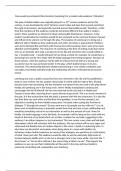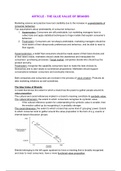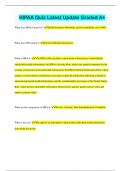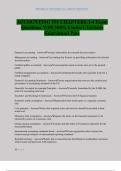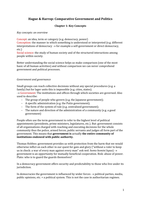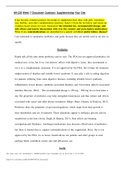Changing Spaces; Making Places Questions:
6 Markers
Explain how globalisation can influence people’s sense of place.
Explain two ways that differing levels of income influence social inequality.
Explain how people’s perception of place can vary according to their age.
Suggest two ways that time-space compression can influence our sense of place.
Why can economic change in a place often be contested?
Referring to specific indices, explain how social inequality can be measured.
How has globalisation helped to drive economic change?
How has economic change created opportunities and inequalities for people and places?
Explain how people perceive places in different ways based on their identity?
Explain how, any of; demographic, socio-economic factor, cultural, political, built and
natural characteristics, can shape place identity.
Explain how past or present connections can shape place identity.
Explain how shifting flows of people can help shape a place.
Identify how formal and informal representations of places can help us understand places.
Explain two ways why patterns of social inequality differ between areas.
Explain the role of local community groups in shaping places.
Explain two ways in which social inequality affects people’s daily lives. (AS ‘19)
Explain two ways in which architects and planners attempt to create meaningful and
authentic places.
8 Markers: (The 8 Marker will most likely be on Formal and Informal Reps of a Place, study how
social media and geo-spatial data like census and IMD etc. can influence Reps).
Using 2019 Resource Booklet:
Study Fig. 2, which shows a formal statistical representation of Shadwell from the 2011 Census, and
Fig. 1.
Using evidence from Fig. 1 and Fig. 2, contrast the formal and informal representations of place.
Using SAM Resource Booklet:
Study Fig. 2, which shows information collected from a coastal town to form part of a place profile.
Using evidence from Fig. 2, explain why this coastal town has contrasting representations.
Using 2018 Resource Booklet:
Study Fig. 2, which shows OS 1:25000 map extracts of an area in the rural-urban fringe of Ipswich for
1955 and 2015.
Using evidence from Fig. 2, suggest the roles of different players that may have been involved in
driving economic change in this area.
Using 2020 Resource Booklet:
6 Markers
Explain how globalisation can influence people’s sense of place.
Explain two ways that differing levels of income influence social inequality.
Explain how people’s perception of place can vary according to their age.
Suggest two ways that time-space compression can influence our sense of place.
Why can economic change in a place often be contested?
Referring to specific indices, explain how social inequality can be measured.
How has globalisation helped to drive economic change?
How has economic change created opportunities and inequalities for people and places?
Explain how people perceive places in different ways based on their identity?
Explain how, any of; demographic, socio-economic factor, cultural, political, built and
natural characteristics, can shape place identity.
Explain how past or present connections can shape place identity.
Explain how shifting flows of people can help shape a place.
Identify how formal and informal representations of places can help us understand places.
Explain two ways why patterns of social inequality differ between areas.
Explain the role of local community groups in shaping places.
Explain two ways in which social inequality affects people’s daily lives. (AS ‘19)
Explain two ways in which architects and planners attempt to create meaningful and
authentic places.
8 Markers: (The 8 Marker will most likely be on Formal and Informal Reps of a Place, study how
social media and geo-spatial data like census and IMD etc. can influence Reps).
Using 2019 Resource Booklet:
Study Fig. 2, which shows a formal statistical representation of Shadwell from the 2011 Census, and
Fig. 1.
Using evidence from Fig. 1 and Fig. 2, contrast the formal and informal representations of place.
Using SAM Resource Booklet:
Study Fig. 2, which shows information collected from a coastal town to form part of a place profile.
Using evidence from Fig. 2, explain why this coastal town has contrasting representations.
Using 2018 Resource Booklet:
Study Fig. 2, which shows OS 1:25000 map extracts of an area in the rural-urban fringe of Ipswich for
1955 and 2015.
Using evidence from Fig. 2, suggest the roles of different players that may have been involved in
driving economic change in this area.
Using 2020 Resource Booklet:




